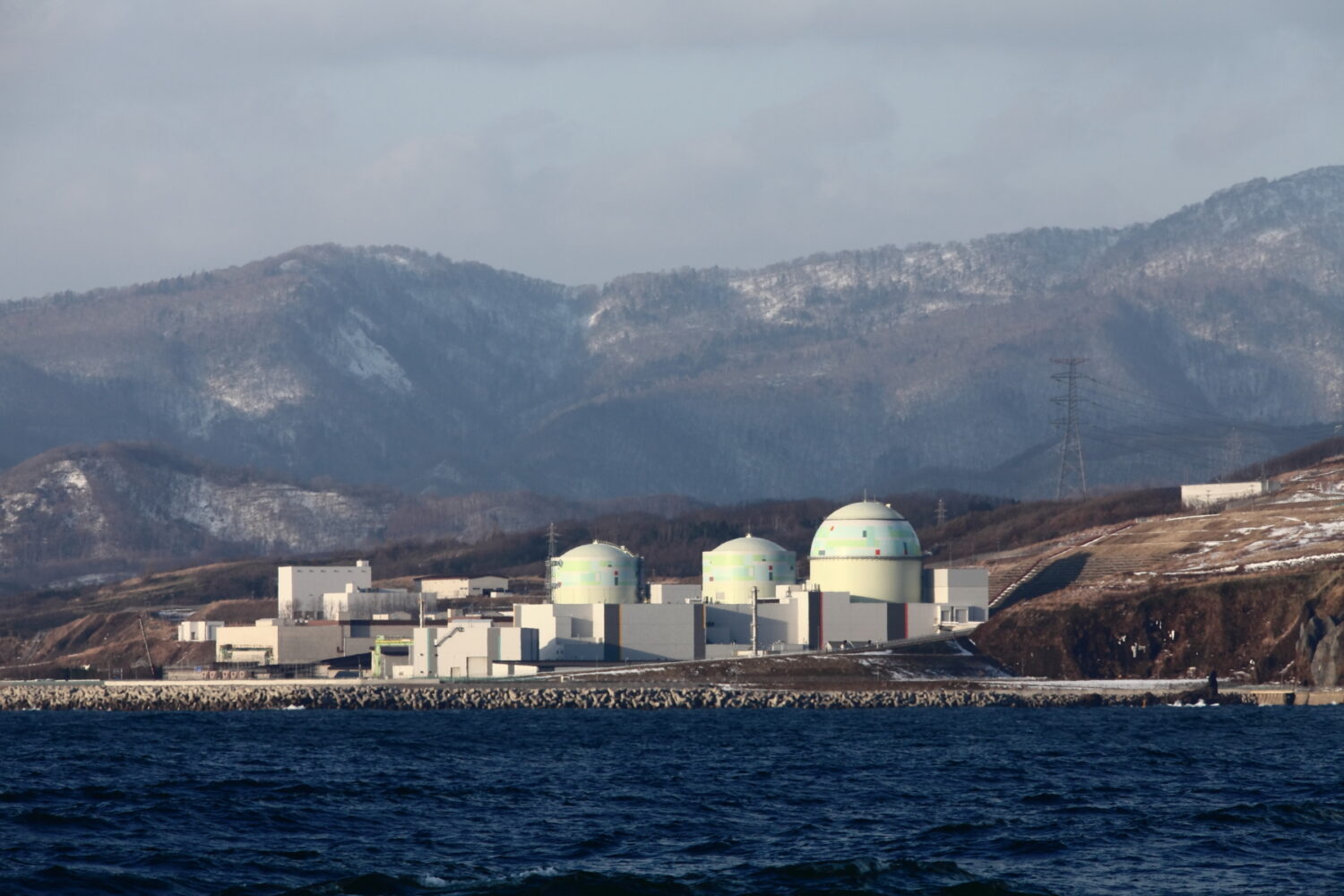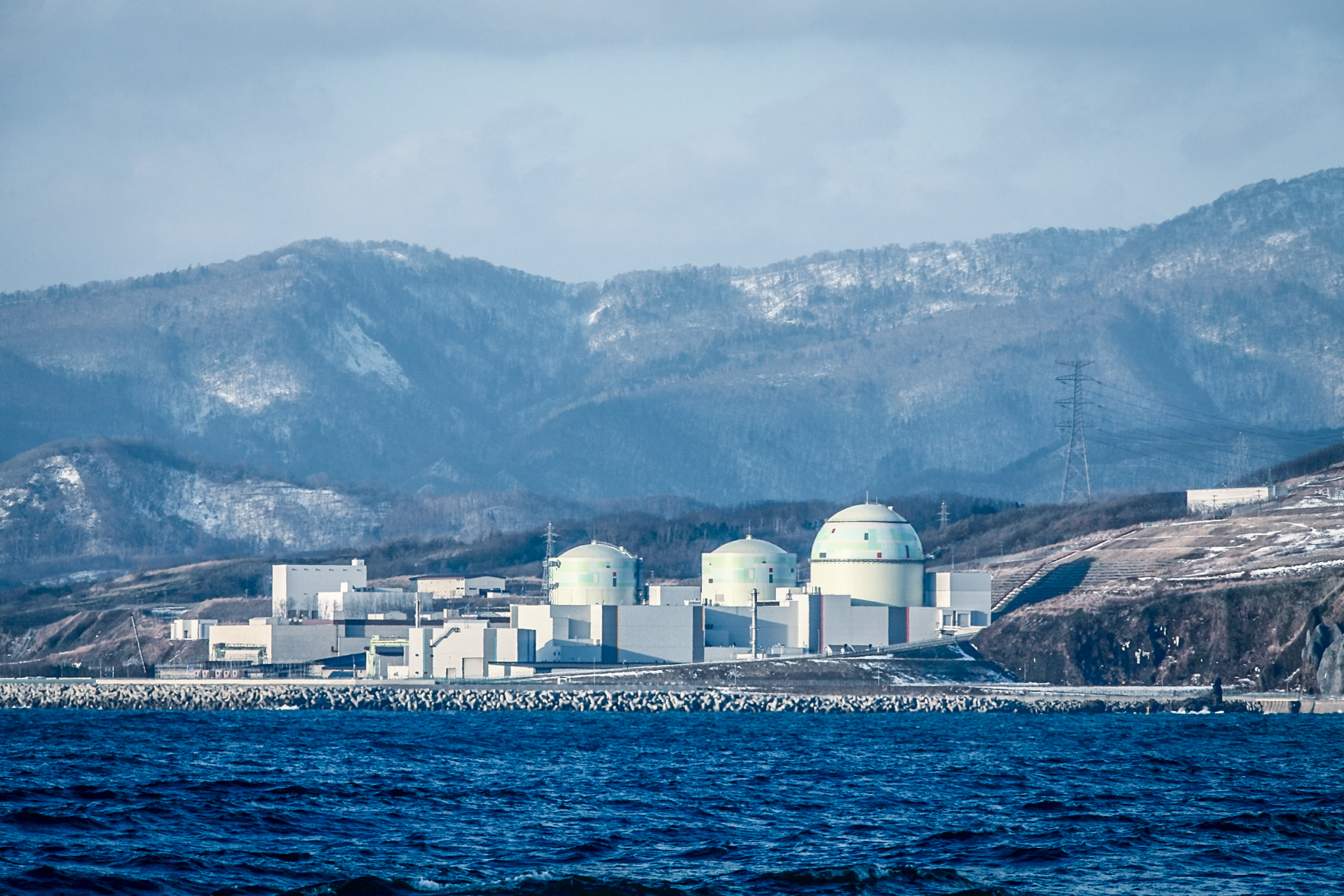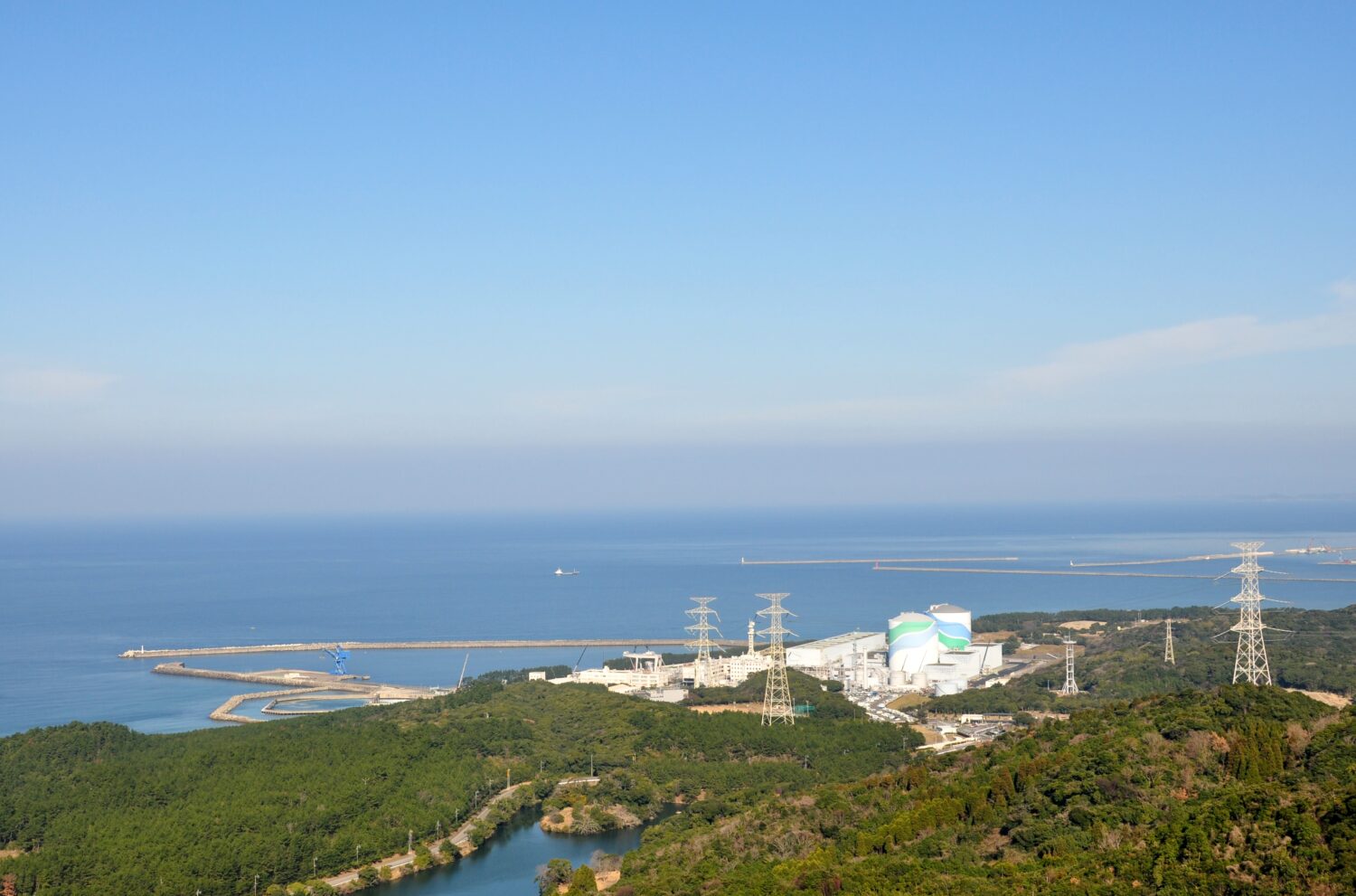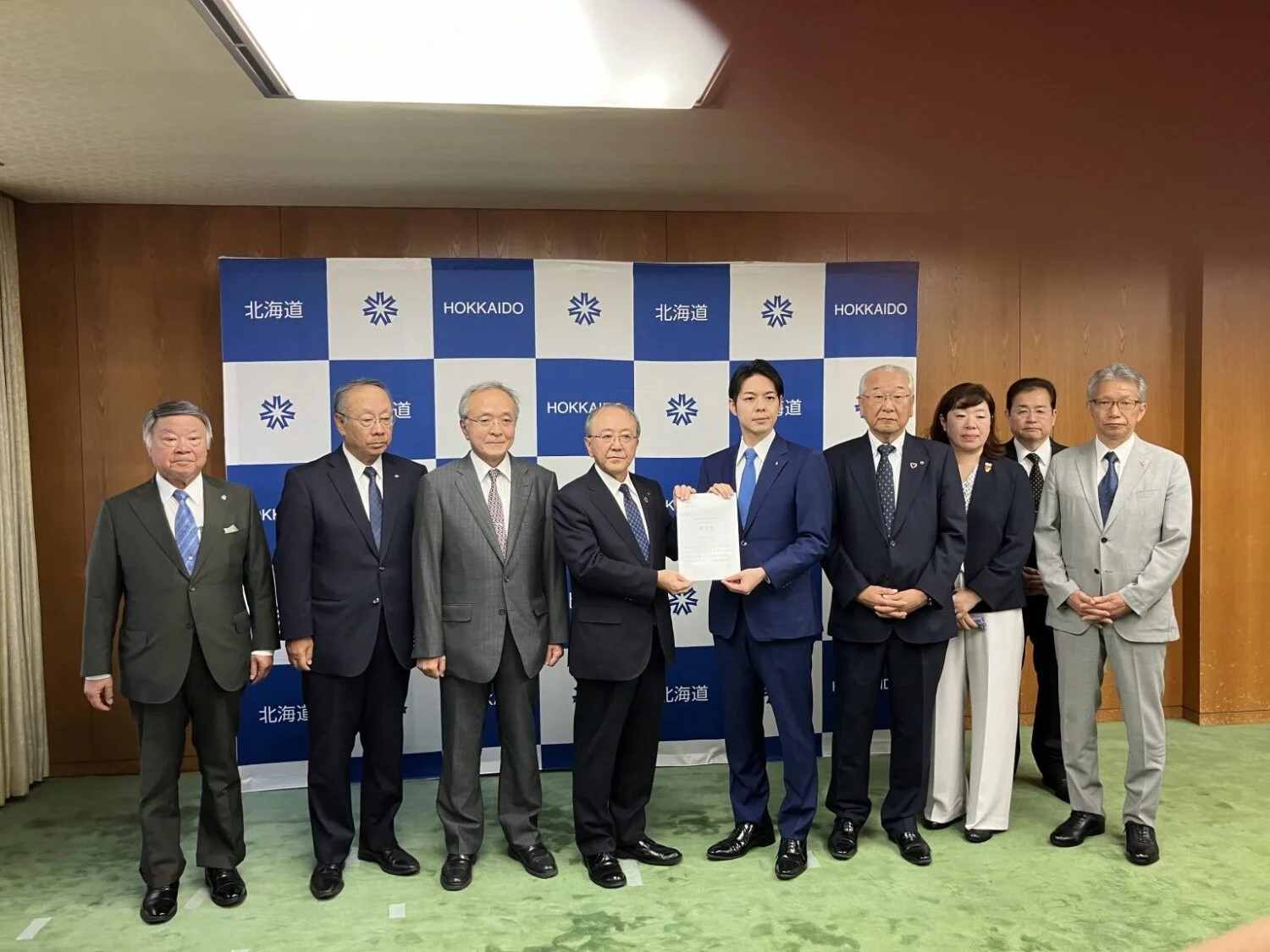The thermochemical IS process combines three reactions using iodine (I) and sulfur (S) – sulfate degradation, a Bunsen reaction, and hydrogen iodide decomposition. It produces hydrogen by splitting water (an abundant resource) into H2 and O2 using heat generated without CO2 emissions. Moreover, the iodine and sulfur are circulated within the system, emitting no waste to the outside environment.
At the same time, given that extremely corrosive liquids such as sulfuric acid are used at high temperatures, for commercial use, it was necessary to develop technology for manufacturing equipment/facilities to identify materials suitable for different conditions and to validate their reliability. JAEA successfully developed durable reactor vessels for each reaction process.
Three years ago, in 2016, JAEA succeeded in in test-producing hydrogen, making about ten liters per hour for eight hours. After further development of elemental technology toward more stable production of hydrogen, JAEA has now succeeded in continuous production of hydrogen for 150 hours (at about 30 liters/hour), a milestone in long-duration operation.
JAEA will continue to accumulate operational data and carry out R&D toward practical use of the system to produce large amounts of hydrogen in a stable manner, including automatic operations control. It aims next at a demonstration of hydrogen production using the High-Temperature Engineering Test Reactor (HTTR). HTTR is now ALSO undergoing a safety compatibility examination under the new regulatory standards by the Nuclear Regulation Authority (NRA).


![[clizk to zoom] Mechanism of IS processes (quoted from materials released by the Ministry of Education, Culture, Sports, Science and Technology (MEXT))](https://www.jaif.or.jp/en-renew/wp-content/uploads/2019/02/is_top_01-1-310x122.png)

-049.jpg)
.jpg)







